9 Dog Photography Tips To Shoot Pawfect Pics Every Time
Meghan BoilardEveryone wants an awesome picture of their furry friends, but the task is more challenging than one might expect. Not every animal is eager to cooperate for the camera. But, fear not, I’ve come equipped with my very best dog photography tips.
📸🐕
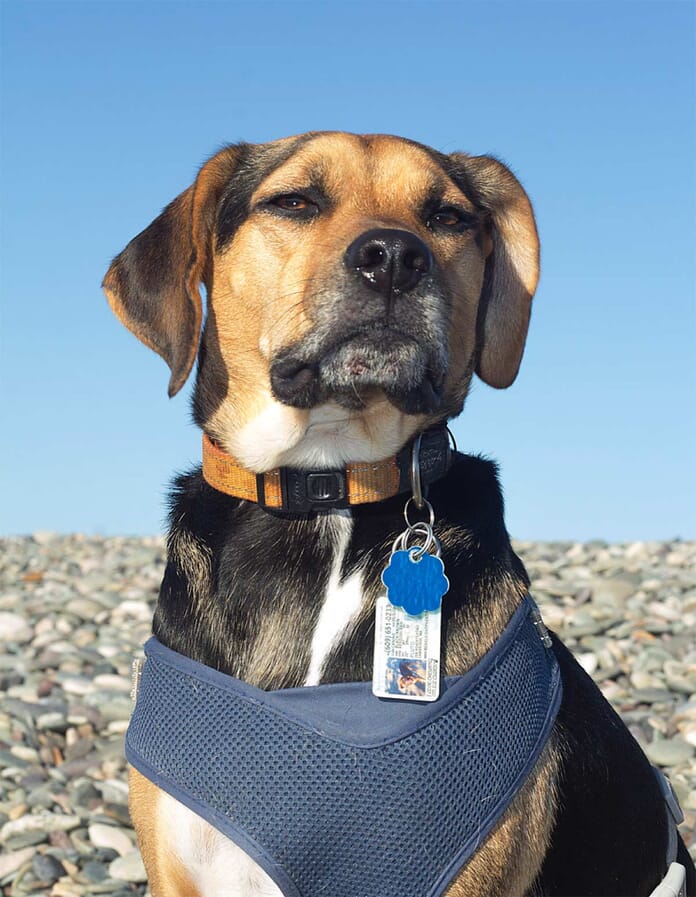
Top 8 Dog Photography Tips
Follow along and you’ll be well on your way to making pictures of your pup that are sure to stand out!Tip 1: Grab (and maintain) attention.
First and foremost, the key to a great pet portrait is your pet’s attention.More likely than not, your dog isn’t going to be especially impressed by your camera alone. However, if you have something that your dog wants, all eyes will be on you.
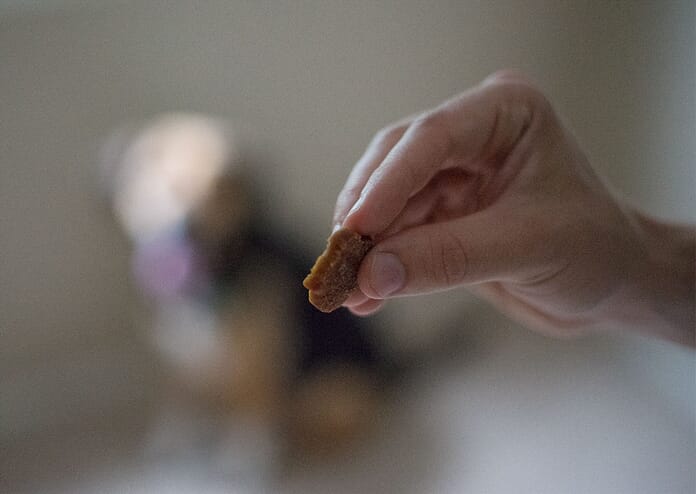
Just hold their desired object in line with the camera’s lens and they’ll likely offer a direct, attentive gaze. From there, you can “pose” your pooch by requesting they sit or lie down.

Steak, anyone?
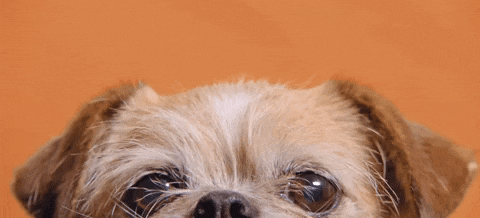
Tip 2: It’s all in the eyes.
It doesn’t matter whether you’re photographing a dog, cat, or human – in 9 out of 10 scenarios, you want to focus on your subject’s eyes.We connect with other living beings by looking into their eyes, and our four-legged friends are no exception.
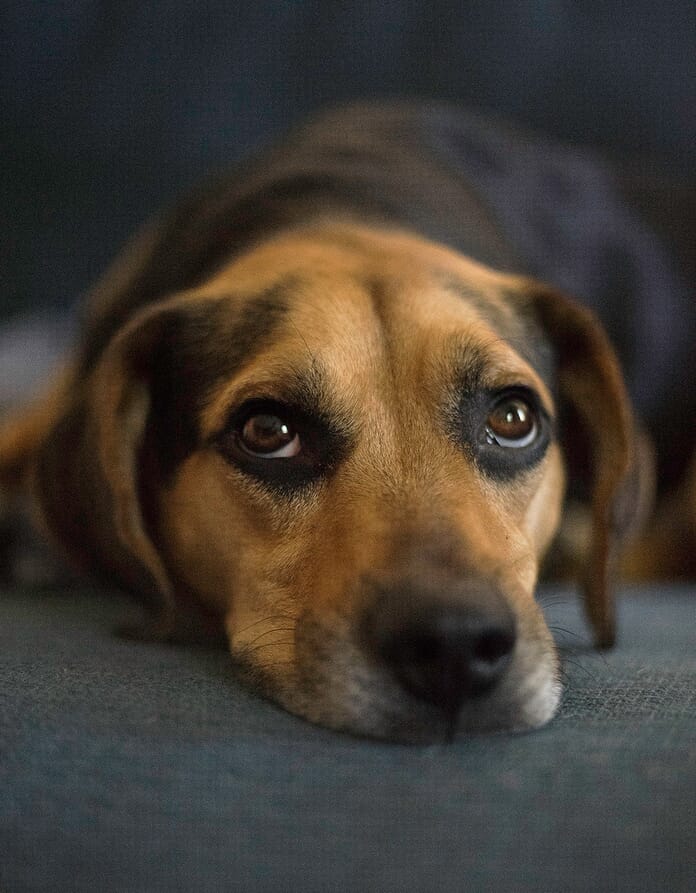
While they don’t need to be staring directly into the camera, the eyes need to be the sharpest part of your photograph.
RELATED POST: Trying Out the Peak Design Everyday Backpack
Tip 3: Think about perspective
Dogs don’t see the world the way us humans do.Bringing ourselves down to their level can make for a much more engaging image.
If you always shoot downwards from five feet above the ground, your images will quickly become stale.
Instead, experiment with perspective.
Try to crouch or kneel down to get a “dog’s eye view”.

With time, it will calm down and become easier to photograph.
Tip 4: Show off some personality!
Ask any dog owner and they’ll relay to you that their dog has a mind of its own. To bring your photographs to the next level, challenge yourself to capture your subject’s personality in a picture.If you’re working with a client, take some time to ask about the dog you’ll be photographing.
Is it a silly, playful puppy? A crafty mutt willing to solve any puzzle for a treat? A regal show dog?

While it takes a little bit of extra effort to get an expressive shot, the end result will be all the more meaningful to the client.
Tip 5: Add depth with the background.
A good picture is elevated to a great picture when the right supporting details are in play.Take some time to think about what’s going on around your dog if you want to make a truly outstanding pet portrait.
For instance, some play with colors can make for a more striking image.
A sharp contrast (like a red-haired Irish Setter against yellow autumn leaves) can immediately grab a viewer’s attention.
Likewise, an environment can highlight an animal’s existing aesthetic qualities (like a bright white Samoyed on a snowy day).

However, it’s important not to forget about the basic elements that make or break a photograph.
If you’re lucky enough to work with a fairly laid back dog, you’ll have a little bit more freedom when it comes to setting a scene.
When working with animals, two of the most valuable assets a person could have are the abilities to improvise and empathize.Easy going subjects may tolerate props. Some may even brave a studio setting.
That being said, keep an eye on your dog and don’t try to force it into a scenario in which it’s uncomfortable.
If the dog isn’t having whatever idea you’re trying to execute, move on to something else.
Tip 6: Head outside!
This dog photography tip is somewhat of an extension of tip #5, but it’s important enough to warrant it’s own places on the list.So, in short…
When all else fails, venture outside.
Most dogs are happy, excitable, and just generally in their element when they’re allowed to roam around a bit. Even a small move to a backyard can bring a dog out of its shell.

A candid shot in a picturesque area can be just as successful.
When making pet portraits for local clients, do a little bit of location scouting ahead of time.
Public parks are always a good bet – they’re often free to visit, dog-friendly, and offer a variety of different shooting scenarios.
RELATED POST: Review of the Best Professional Photo Printing Services
Tip 7: Don’t be afraid to bring in backup.
If anything else, dogs are social creatures. If you’re feeling a bit stuck or want to loosen your subject up, try bringing in someone (or something) familiar to the dog.In particular, including the pet’s owner in your dog portrait can be incredibly beneficial.
An owner knows how to handle their dog better than anyone else. If you share what you’re trying to accomplish with their human counterpart, they can help to direct their pet.

When you start to feel confident in your abilities, don’t shy away from working with more than one dog at a time.
Granted, grabbing both animal’s attention can be a bit of a challenge. However, interactions between dogs can produce more dynamic pictures.
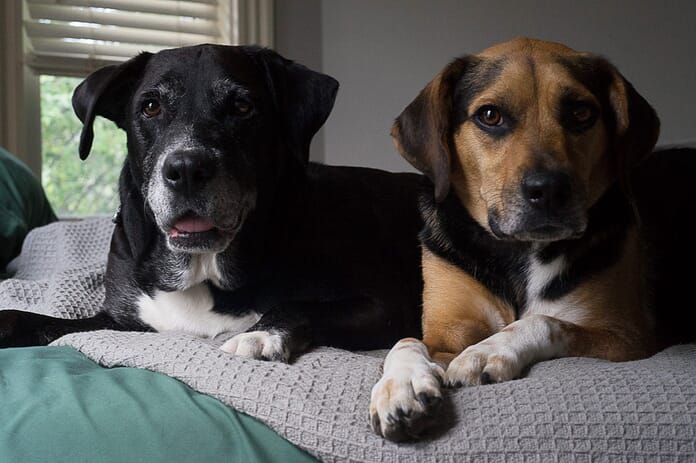
Tip 8: Move quickly.
This may seem a bit obvious, but a dog will rarely hold a pose for more than a few seconds.In order to get great shots, you’ll have to work fast.

here’s a lot of variables to take into consideration when photographing animals. Don’t let a little bit of motion blur be the thing that throws off your photo.
Keep your finger on the shutter and be ready to take your next photograph at any moment.
Don’t be afraid to shoot continuously. Sometimes, the best strategy is to shoot a burst of photographs and pick the best of the bunch later on.
Tip 9: Have patience!
Last but not least, be patient with yourself and with your subject.It takes time to find the best strategy to photographing a new dog, especially when they’re young or excitable. You can’t expect to get a perfect shot right off the bat.

No comments:
Post a Comment
Note: Only a member of this blog may post a comment.